Top 10 Bird-Friendly Cities in America
Updated: Mar. 15, 2021
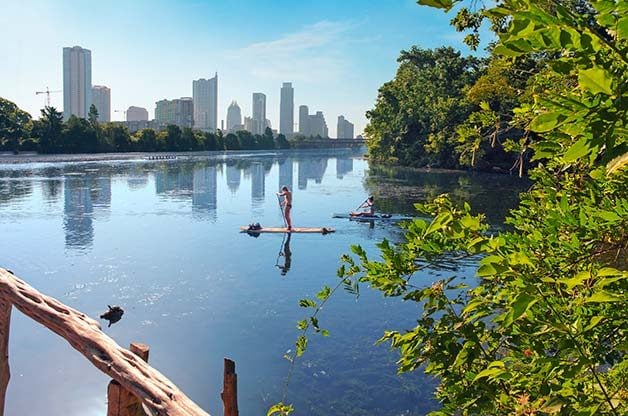
These birding hotspots fly high when it comes to preserving and protecting urban wildlife habitat. Check out the best cities for birders.
With 80 percent of Americans living in cities, thank goodness birding isn’t limited to rural areas. Hundreds of cities across the country are bustling with bird activity and taking steps to keep it that way. The proof is in the success of programs like the National Wildlife Federation’s Community Wildlife Habitat certification and the National Audubon Society’s Lights Out campaign. You can also see it in the thousands of birders who rally like-minded individuals to make their communities better—and safer—for birds.
This list of the 10 best cities for birders considers a number of factors, including bird-friendly ordinances and programs, habitat creation and preservation efforts, and birding activities and events. Yet it only skims the surface of the many fantastic birding opportunities in cities from coast to coast. Use our list as a guide, but also let it inspire you to go out and see birds in a city near you!
Chicago, Illinois
This city’s success proves that urban life and wildlife can coexist. Among other achievements, it was the first U.S. city to launch a Lights Out campaign. (Toronto spearheaded a similar initiative in Canada.) This partnership with the Audubon Society encourages building owners to darken unneeded lights at night during migration periods to prevent birds from becoming disoriented. It’s estimated that it saves more than 10,000 warblers, thrushes and other migratory birds every year.
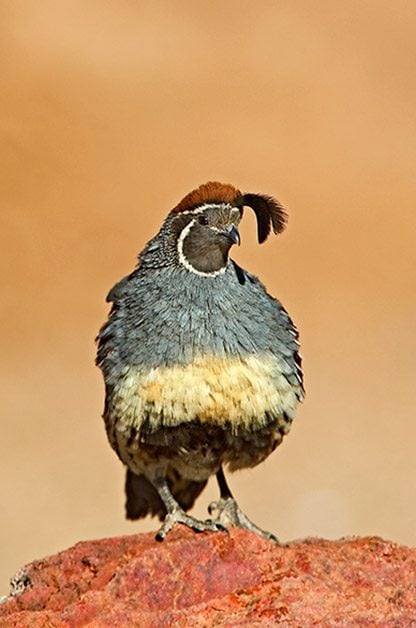
Tucson, Arizona
With a desert climate, mountains on all sides and seasonal monsoons, Tucson is full of unique species like Gambel’s quail, cactus wrens and rare hummingbirds—and a dedicated birding community aims to preserve those attributes. The Tucson Audubon Society sponsors an urban program that supports bird-friendly landscapes, and locals have taken part in the annual Tucson Bird Count since 2001.
Fayetteville, Arkansas
Home to the University of Arkansas, this Ozark Mountains city teems with opportunities to see birds, including a network of birding trails, many along former railways, and 200-acre Lake Fayetteville supports a myriad of species. Trails through the 450 acres surrounding the lake intersect varied habitats, including open water, woodlands and grasslands, and provide easy access for spotting buffleheads, warblers, vireos and others.
Aurora, Colorado
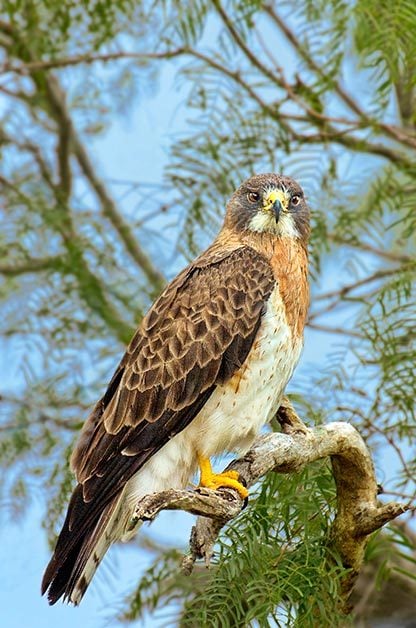
Domestic cats kill at least 1.3 billion birds a year, according to a 2012 federally sponsored study, so it’s not surprising that some cities have put restrictions on free-roaming felines. One of those communities is Aurora, a Denver suburb whose 20-year-old ordinance limits the number of cats per household, among other provisions. The city is also rich with publicly accessible bird habitats, including prairie at Cherry Creek State Park, and the Quincy Reservoir, which gives residents and visitors a chance to see birds like Swainson’s hawks.
Ft. Lauderdale, Florida
This was one of the first places certified as a National Wildlife Federation Community Wildlife Habitat. With the Atlantic Ocean to the east and the Everglades to the west, it’s a mecca for many resident and migrating species. Waterbirds thrive along the city’s shoreline. In 2013, a section of beach was roped off to protect the nests of about 100 least terns, a threatened species whose appearance delighted locals.
Takoma Park, Maryland
North of Washington, D.C., Takoma Park is known for its progressive policies. In 2013, this community of 17,000 became the first municipality of its size to ban the use of lawn pesticides for cosmetic purposes on both public and private land. The movement began as a leaflet campaign spearheaded by two neighbors and three years later passed unanimously. But that isn’t all this community has going for birds. Sligo Creek bisects the city and provides habitat for species like wood thrushes and yellow-crowned night-herons.
Cape May, New Jersey
Situated between the Atlantic Ocean and Delaware Bay, the Cape May peninsula and this city at its southern tip are a paradise for migrating birds traveling along the Atlantic flyway. The area’s plentiful wetlands attract migrants like red knots, ruddy turnstones, semipalmated sandpipers and sanderlings. It’s a magnet for warblers as well, including the namesake Cape May warbler. Numerous protected areas, including South Cape May Meadows Preserve, offer habitat for hundreds of species.
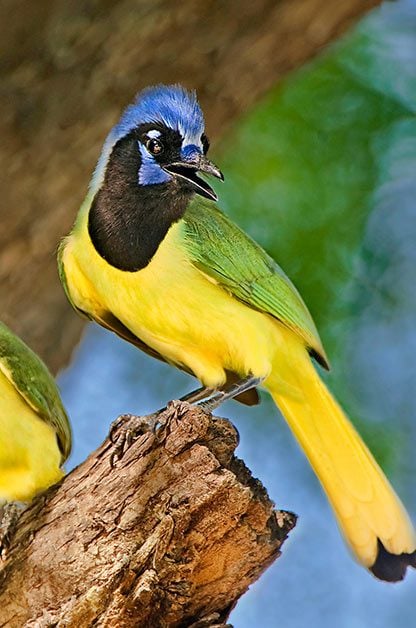
Harlingen, Texas
This city just north of Mexico and west of the Gulf hosts one of the country’s oldest birding celebrations. For over two decades, the Rio Grande Valley Birding Festival has drawn visitors from all over the world to see unique species like green jays and Altamira orioles. The success of the festival and the city are intertwined, with each supporting the other’s growth, and the event’s emphasis on ecotourism benefits nearby hot spots, including Laguna Atascosa and Santa Ana national wildlife refuges. Discover the amazing Lower Rio Grande Valley birds.
Seattle, Washington
Surrounded by protected national forests and parks, Seattle aims to make its cityscapes safer for birds, too. One such endeavor is Seattle City Light’s Avian Protection Program, which seeks to avert dangerous run-ins with the electric utilities. Some adaptations include barriers around power lines and new nesting platforms along the Duwamish River, where osprey arrive in spring to fish for salmon and nest on the poles.
Green Bay, Wisconsin
Located at the base of Wisconsin’s “thumb,” this football-famous city was one of the 15 inaugural communities in the Bird City Wisconsin program. This statewide initiative encourages communities to create habitat, protect birds and provide public education, and has named 87 Bird Cities so far. Among Green Bay’s efforts are an active chimney swift monitoring program and a collaboration with Tree City USA to plant bird-friendly native trees. Check out the best Great Lakes birding hotspots in Michigan, Ohio and Indiana.
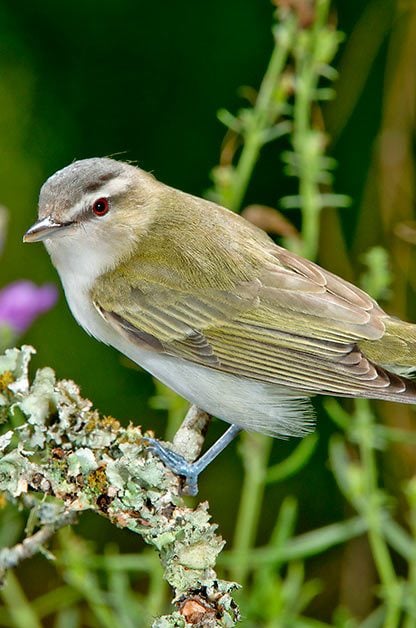
Community Wildlife Habitat Program
The National Wildlife Federation’s Community Wildlife Habitat program recognizes the power of habitat creation that extends beyond the backyard and encourages communities to become involved. In 1998, Alpine, California, was the first community recognized, and about 78 have now been certified.
These cities, towns and villages must show a deep commitment to wildlife protection, creating and maintaining habitats in private yards and public spaces. The bigger the city, the more wildlife habitat it must maintain. Austin, Texas, has the most certified wildlife habitats in the country. The communities come in all sizes. Chamblee, Georgia, a community of 9,800 near Atlanta, earned certification in 2003, while Baltimore, Charlotte and Chicago are still pursuing certification.
For more information, or to see a list of certified communities in your state, visit the Garden for Wildlife section of nwf.org.
